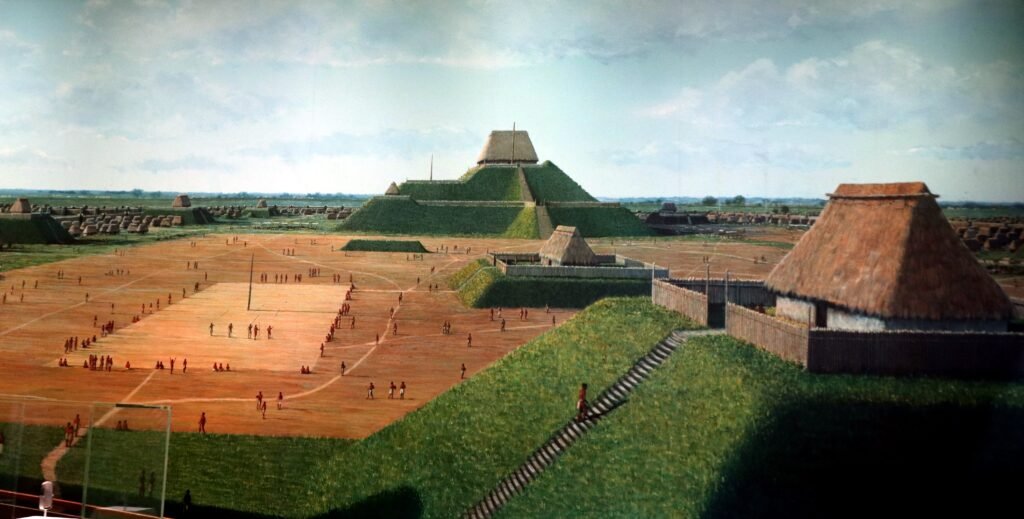Imagine a sprawling city, its grand earthen pyramids looming above the flat floodplain, bustling with thousands of people, and fields of golden corn stretching as far as the eye can see. It’s not in Egypt or Mexico, but right in the heart of what is now Illinois. Centuries before Columbus ever set sail, Cahokia was the largest and most sophisticated city north of Mexico, outshining even London in its heyday. Its story is a tapestry of innovation, mystery, and human ambition—one that challenges everything we think we know about North America’s ancient past.
The Rise of Cahokia: A Prehistoric Powerhouse
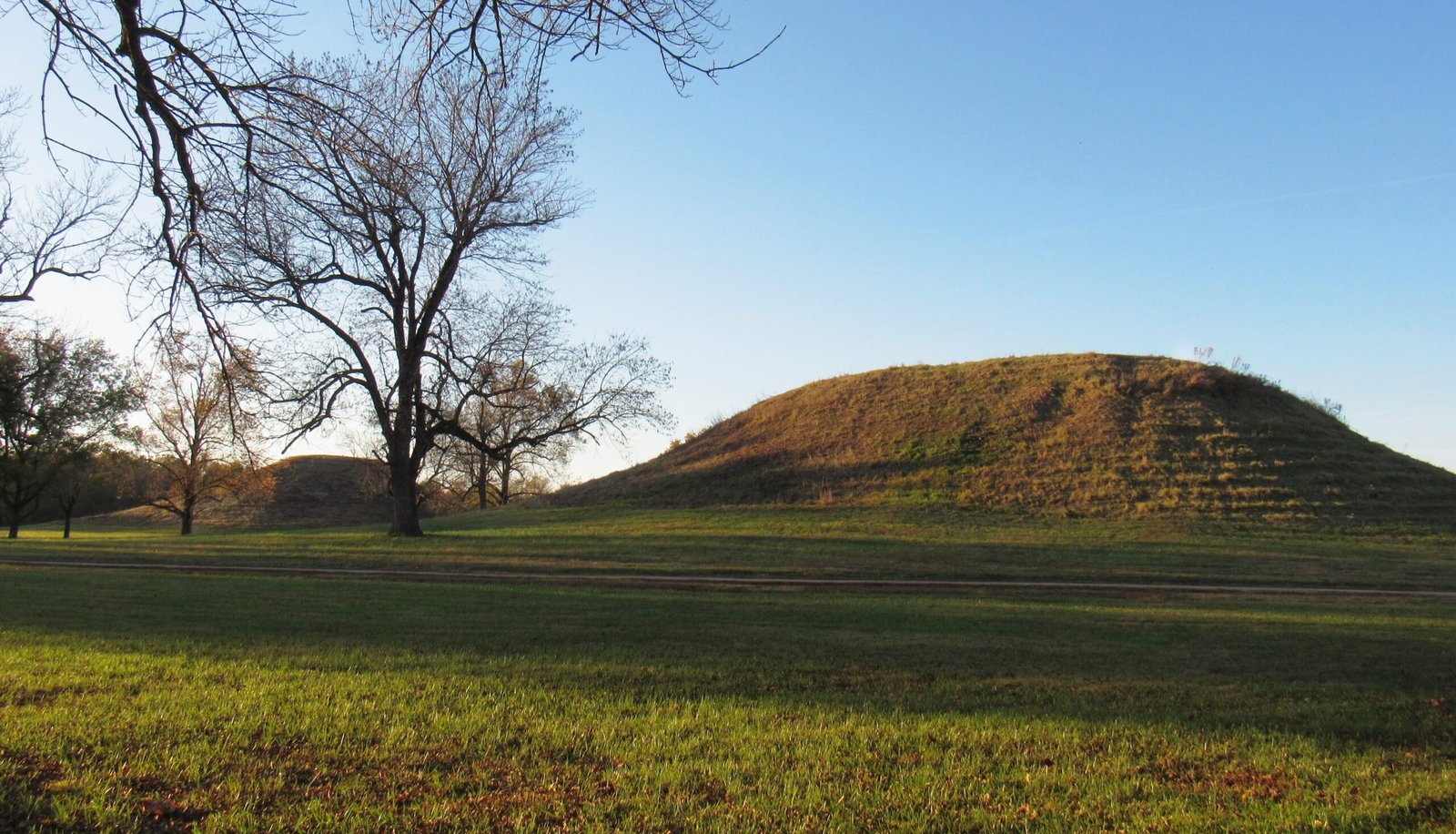
Cahokia’s beginnings are as humble as the land it rose from. Around AD 1050, Native peoples in the Mississippi River valley transformed a quiet patch of woodland into a city teeming with life. In less than a century, Cahokia exploded in size and influence, drawing in people from hundreds of miles away. By AD 1200, it sprawled over six square miles, supporting an estimated 20,000 residents—more than medieval London at the same time. Archaeologists are continually astounded by the speed and scale of its rise, wondering what inspired such a sudden urban revolution in the heartland of America.
Monks Mound: The Monumental Heart of Cahokia
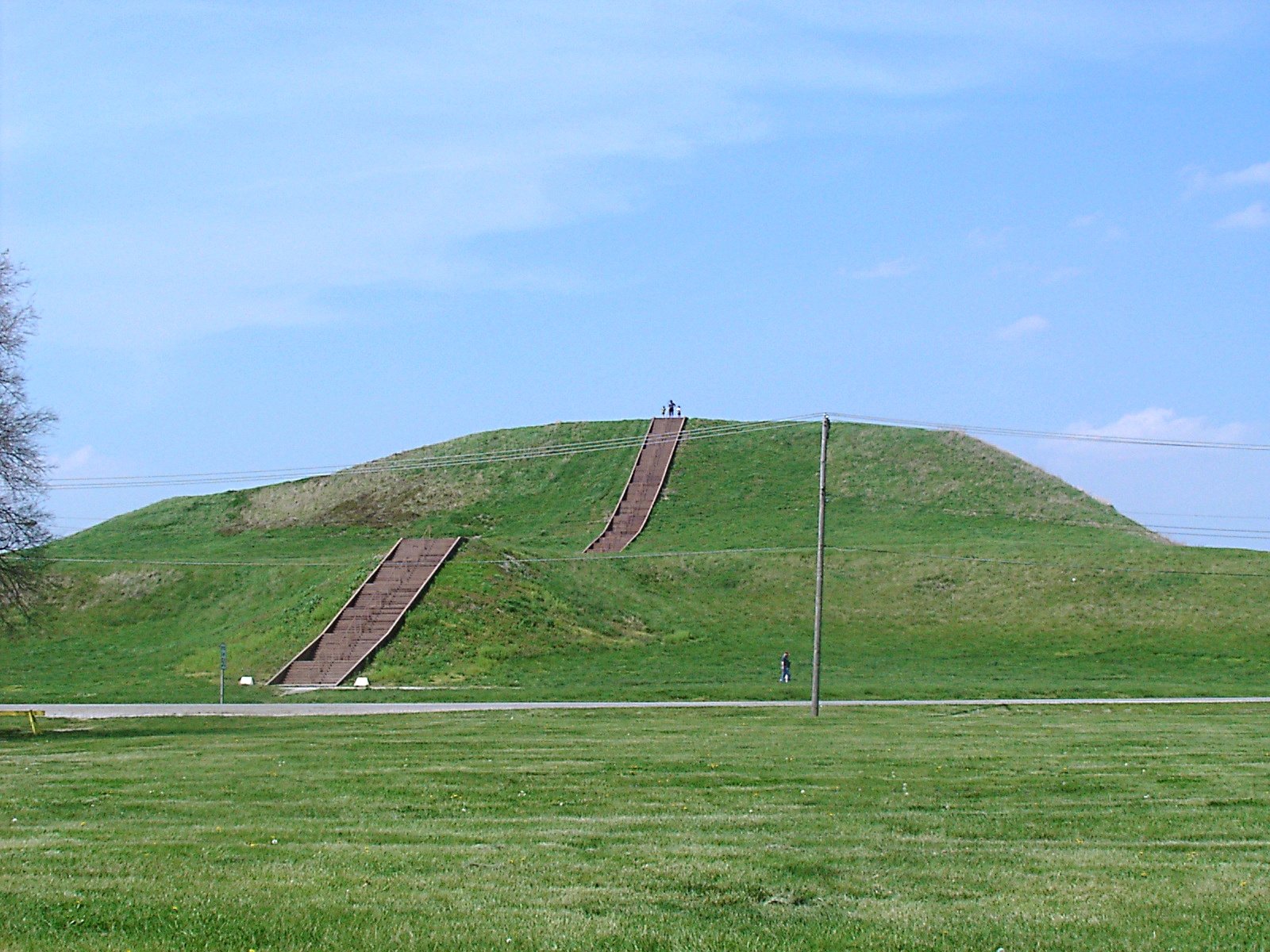
At the center of Cahokia stands Monks Mound, a colossal earthen pyramid rising 100 feet above the prairie. Larger at its base than the Great Pyramid of Giza, it took millions of baskets of soil—hauled by hand—to build. This massive structure wasn’t just a mound; it was a stage for ceremonies, a seat of power, and a statement of ambition. The sheer effort required to construct Monks Mound speaks volumes about Cahokia’s social organization and the vision of its leaders. Even today, standing atop the mound, visitors can feel the awe and mystery that once drew people from far and wide.
Pyramids of Earth: Cahokia’s Mysterious Mounds
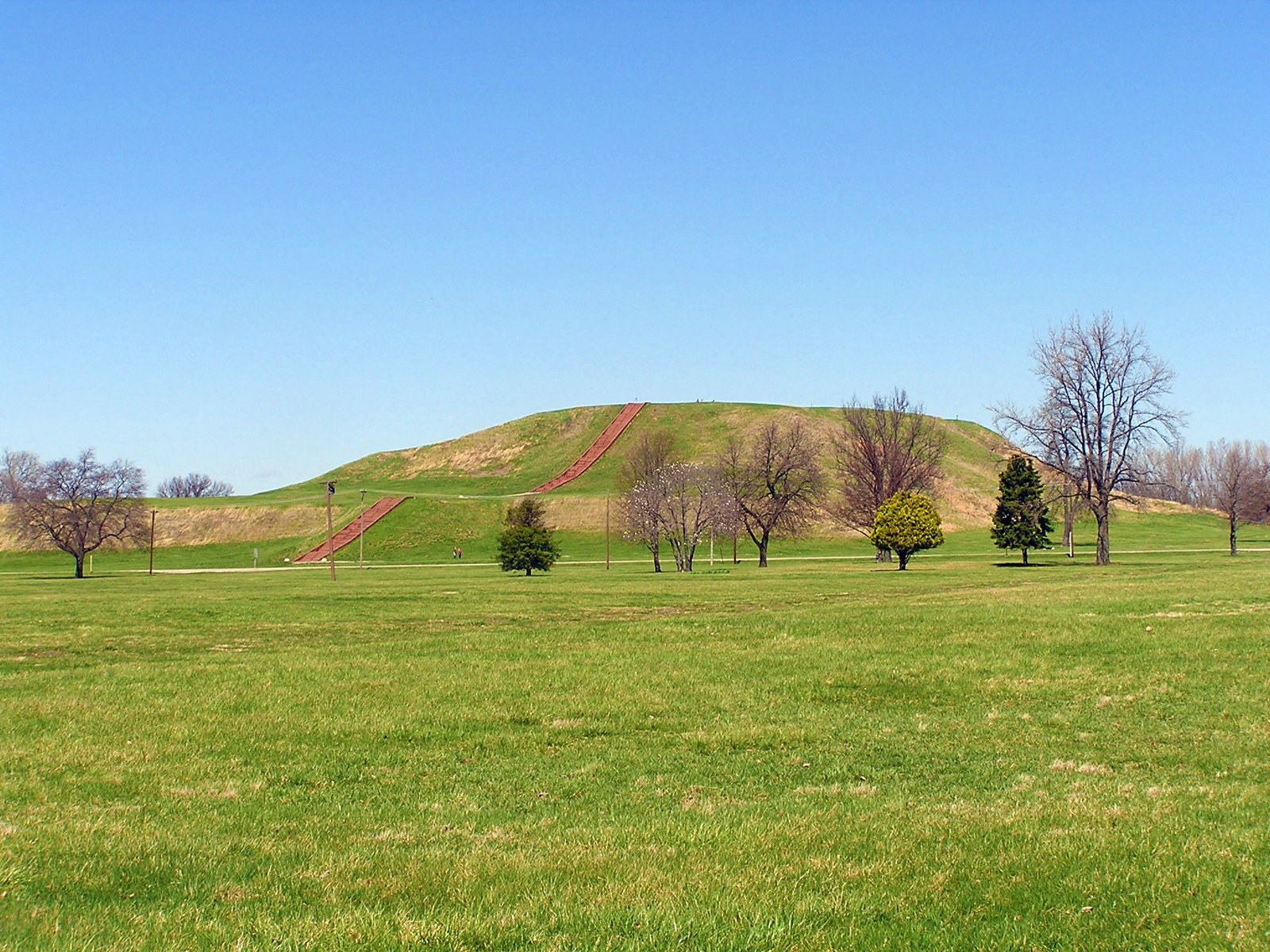
Cahokia wasn’t just a city—it was a landscape sculpted by human hands. Over 120 earthen mounds once dotted its grounds, each with a unique shape and purpose. Some were flat-topped platforms for buildings, others were burial sites, and a few were shaped like animals. These mounds ranged from modest, house-sized bumps to monumental structures rivaling any ancient wonder. Their alignment with celestial events hints at a deep understanding of astronomy, while their construction required the labor and coordination of countless people. The mounds are silent witnesses to a vibrant culture whose secrets we are still unlocking.
A Cornucopia of Corn: Agricultural Innovation
Cahokia’s people were agricultural pioneers, and corn was their golden fuel. Fields of maize, squash, and beans surrounded the city, feeding its growing population and supporting a web of trade. Corn wasn’t just food—it was the lifeblood of Cahokia, shaping its economy, rituals, and daily life. Archaeobotanists have uncovered ancient kernels and pollen grains, revealing how Cahokia’s farmers experimented with varieties and techniques to maximize yields. Their success allowed the city to thrive, proving that sophisticated agriculture, not just hunting and gathering, powered North America’s first urban boom.
The Great Plaza: Where the People Gathered
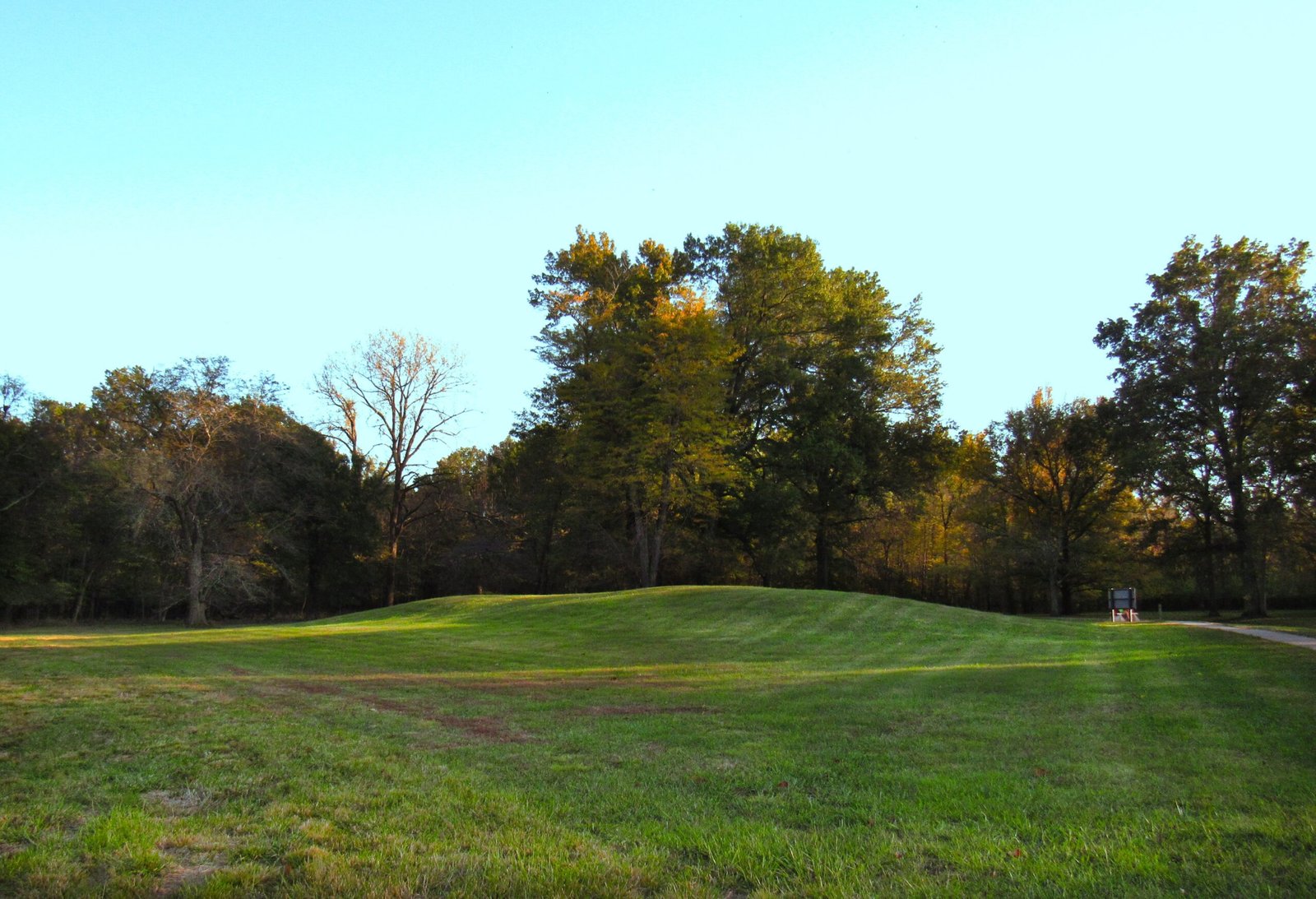
The heart of Cahokia pulsed with life in its Grand Plaza, a vast open space larger than 45 football fields. Here, thousands gathered for ceremonies, games, and social events. The plaza connected major mounds and was likely the site of public rituals that bound the city’s diverse residents together. Archaeologists have found remnants of wooden posts and traces of earthworks that suggest the plaza served as both a marketplace and a stage for spectacle. It was a place where everyone—from rulers to commoners—could feel the heartbeat of Cahokia.
Woodhenge: Ancient Astronomy in Action
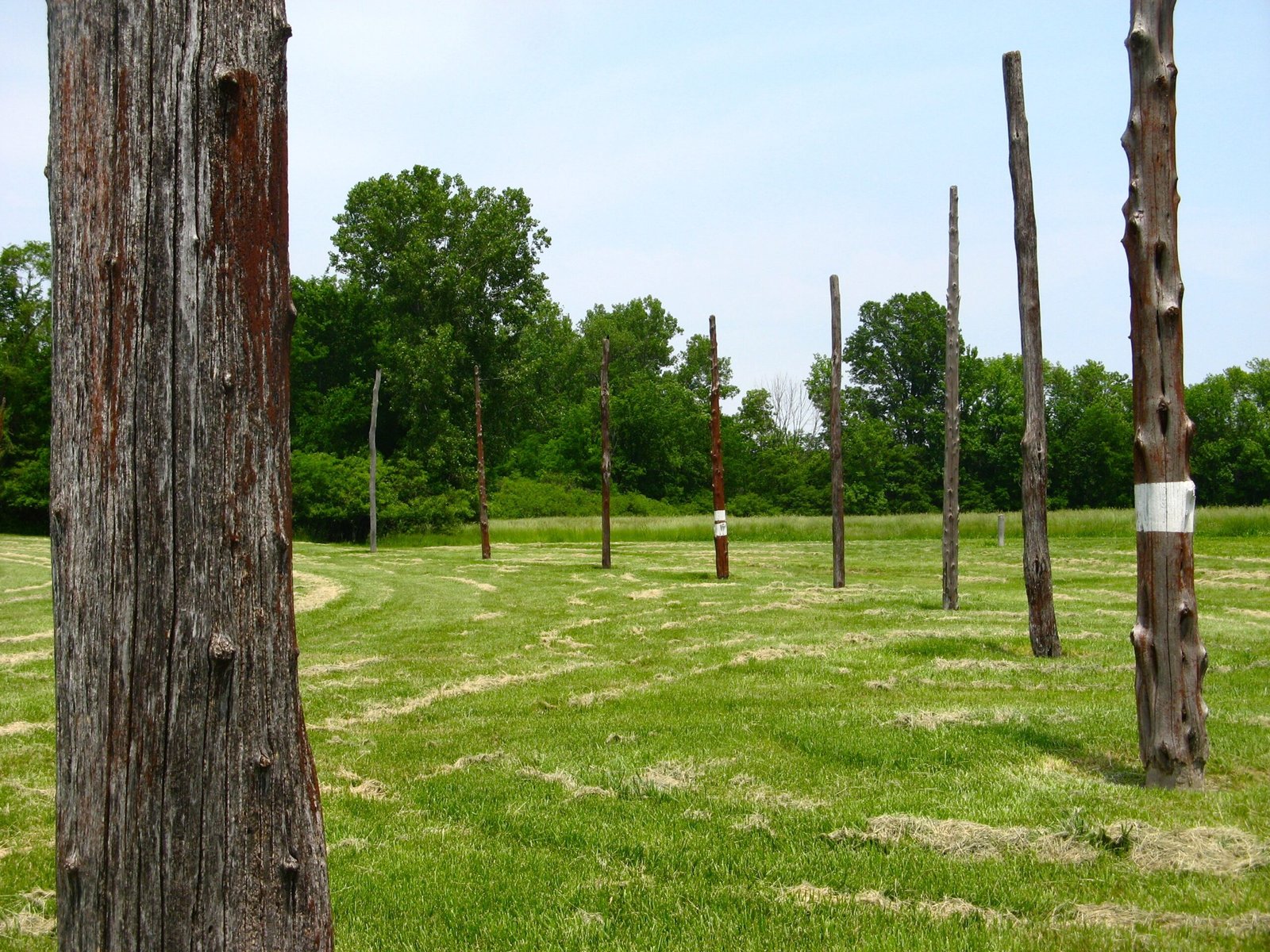
Just west of Monks Mound, archaeologists discovered a circle of giant wooden posts—dubbed Woodhenge—that once served as Cahokia’s solar calendar. Standing at sunrise on the spring or autumn equinox, a person could watch the sun align with specific posts, marking the changing seasons. The builders of Woodhenge demonstrated a sophisticated grasp of astronomy, blending science and spirituality in their city’s design. This knowledge helped time planting, harvest, and religious festivals, weaving the rhythms of nature into everyday life. Woodhenge stands as a testament to the ingenuity and curiosity of Cahokia’s people.
Diverse Peoples: Melting Pot of the Ancient Midwest
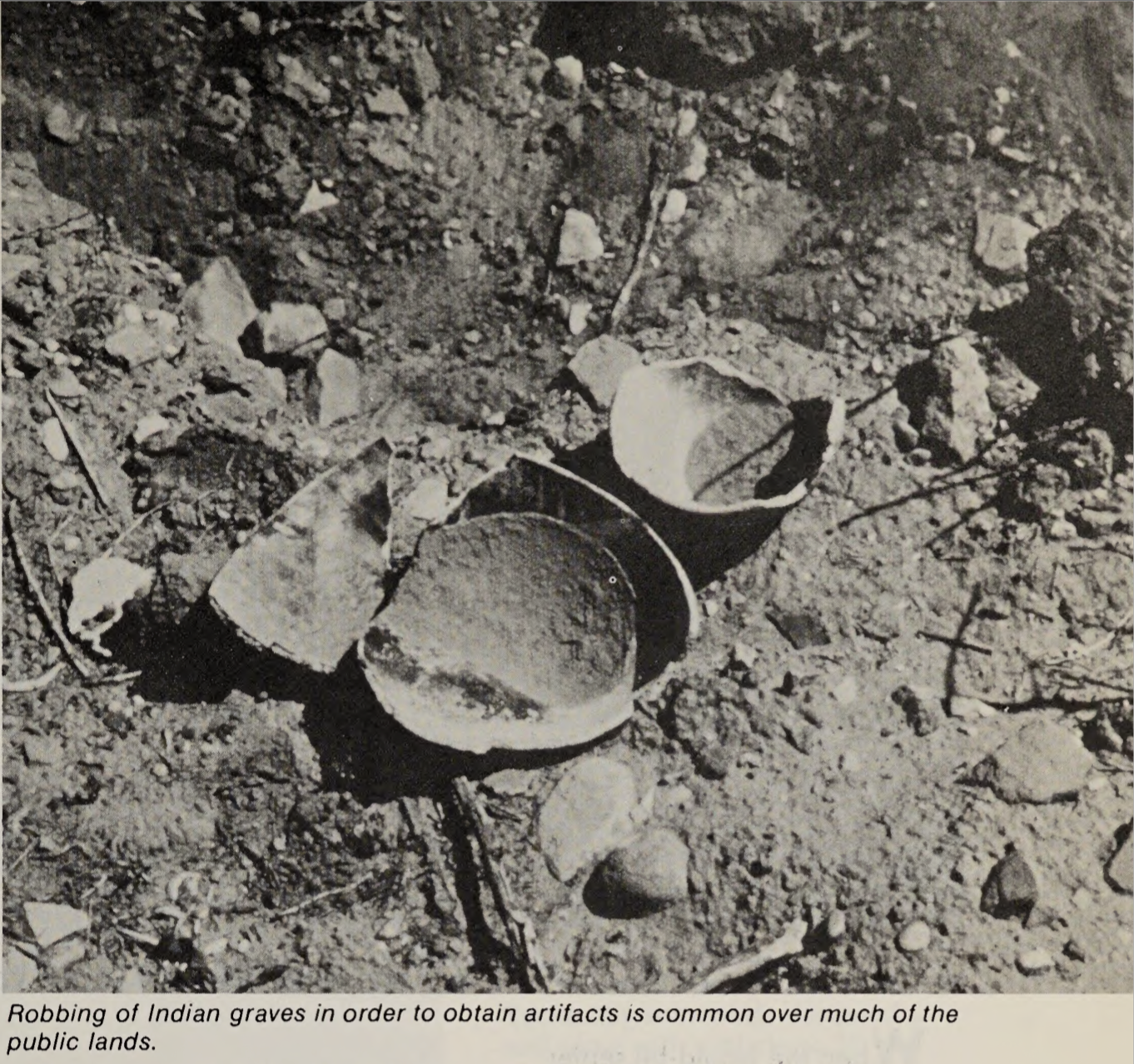
Cahokia was not a city of one tribe or language—it was a crossroads where cultures mingled. Archaeological evidence shows that people came from the Great Lakes, the Gulf Coast, and the Great Plains, drawn by Cahokia’s wealth and opportunities. Pottery styles, burial practices, and even diet varied across neighborhoods, reflecting the city’s diversity. This melting pot fostered innovation but also required new ways of living together, negotiating differences, and forging alliances. Cahokia’s multicultural character foreshadowed the great cities that would rise centuries later across America.
Trade and Influence: Cahokia’s Far-Flung Connections
Cahokia’s influence stretched far beyond its palisaded walls. Artifacts from as far as the Rocky Mountains and the Atlantic Coast have been found at the site—shells, copper, mica, and obsidian. These treasures arrived through networks of rivers and trails, linking Cahokia to distant peoples and ideas. Some items, like finely crafted stone tools and ceremonial pipes, became status symbols for Cahokia’s elite. This web of exchange turned the city into the economic and spiritual hub of ancient North America, shaping cultures across the continent.
Religion and Ritual: The Spirit of Cahokia
Life in Cahokia revolved around powerful beliefs and rituals. The city’s layout, mounds, and plazas were carefully aligned with the sun, moon, and stars, reflecting a worldview where the earthly and the divine were deeply connected. Ceremonies involving feasts, dances, and offerings played out on the mounds, reinforcing social bonds and cosmic order. Some burials reveal clues of human sacrifice, hinting at rituals shrouded in mystery and awe. The spiritual life of Cahokia gave meaning to its people’s labor, shaping their sense of identity and purpose.
The Decline: Why Did Cahokia Disappear?
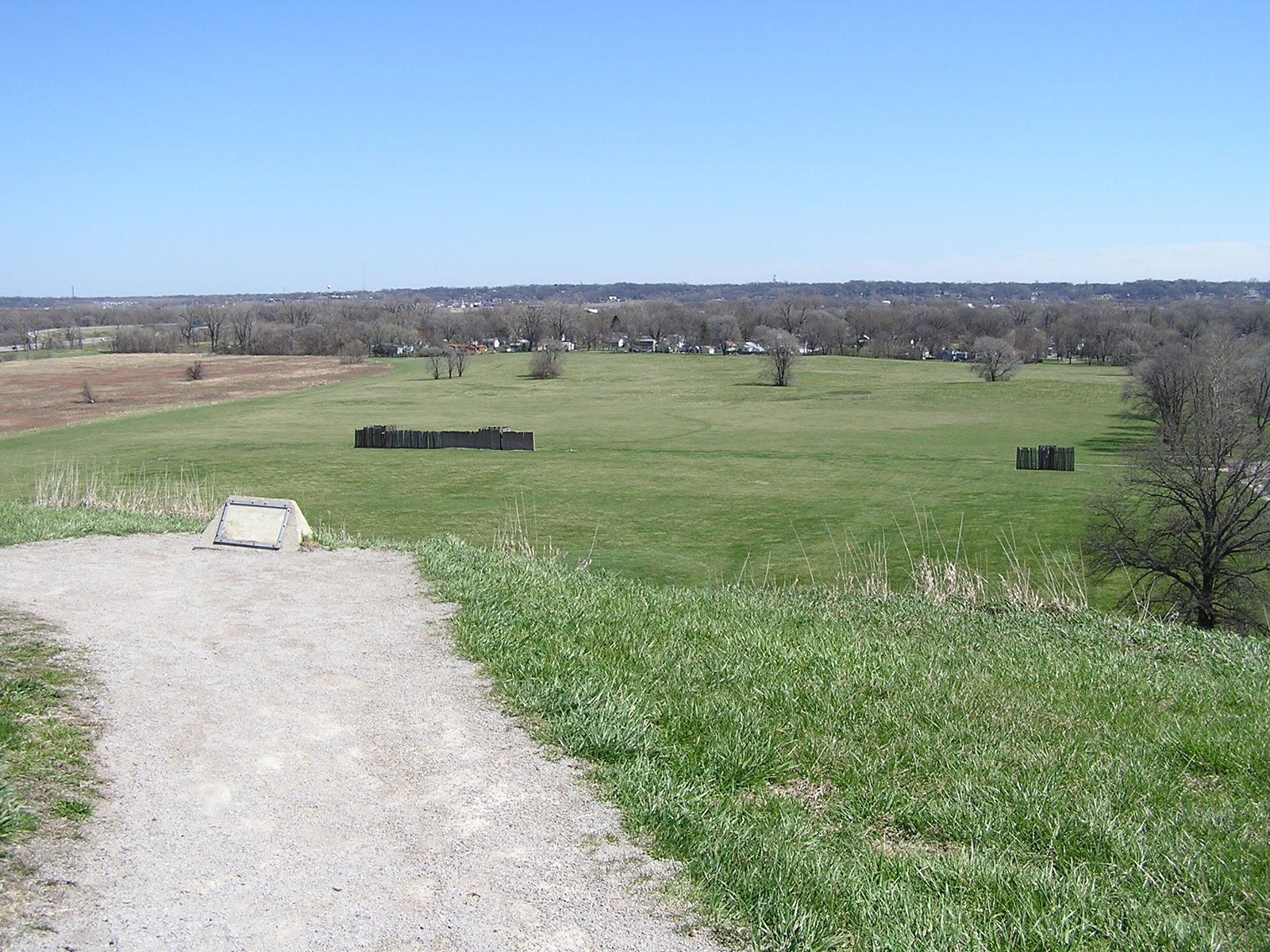
By the 14th century, Cahokia’s great mounds stood silent. The city’s population dwindled, and its fields lay fallow. Scholars debate why such a thriving metropolis faded—some point to climate change and drought, while others cite social unrest, disease, or resource depletion. There may not be a single answer. The disappearance of Cahokia is a reminder of the fragility of complex societies and the challenges ancient people faced in balancing ambition with sustainability. Its story echoes the rise and fall of great cities across history, leaving behind both inspiration and caution.
Rediscovery and Legacy: Cahokia’s Modern Significance
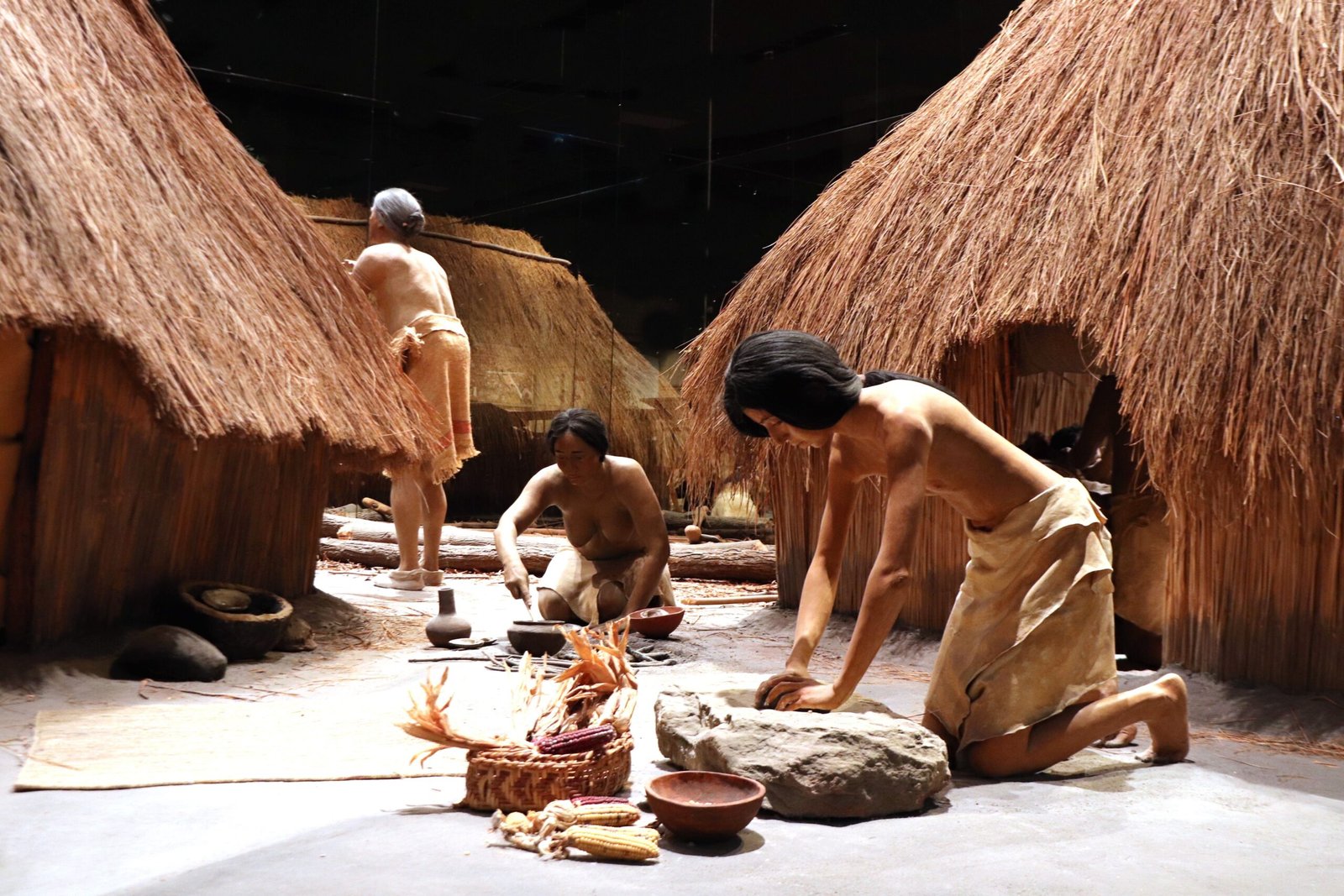
For centuries, Cahokia’s mounds were misunderstood—dismissed as mere hills or the work of a lost civilization. It wasn’t until the 20th century that archaeologists began to unlock their secrets, revealing a story that changed our understanding of America’s past. Today, Cahokia is a UNESCO World Heritage site, protected and studied by scientists and celebrated by Native communities. Its legacy lives on in the land and in the imagination of all who visit, challenging us to rethink the achievements and possibilities of ancient North America.
Cahokia’s story is one of ambition, resilience, and the enduring power of community. Its silent mounds still rise above the Illinois plains, inviting us to wonder: What other ancient marvels might be hidden just beneath our feet?

